AGGREGATE: NEWS & EVENTS
Scientist activated by soil carbon study
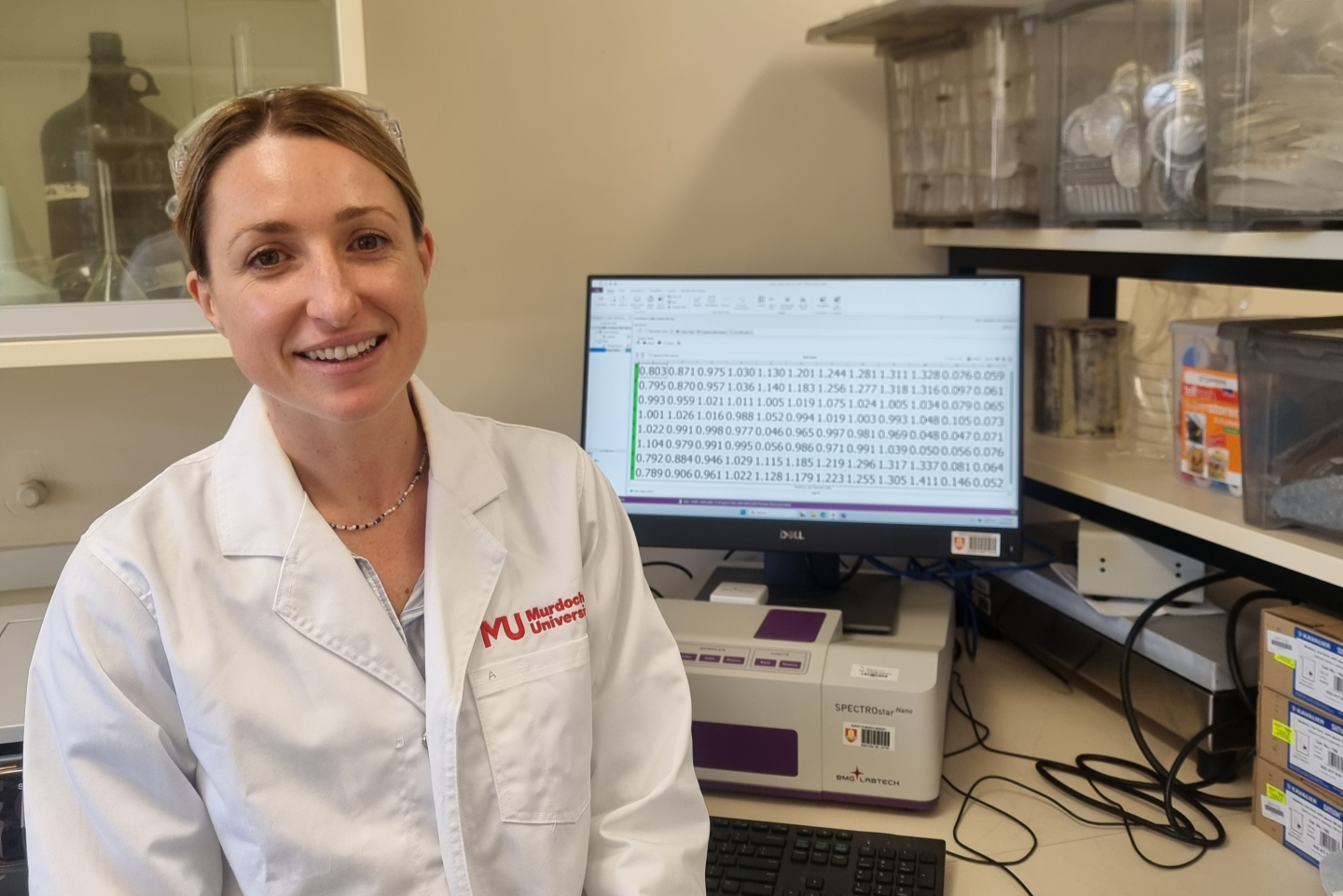
WHAT DO a Condingup trial site and a Murdoch University laboratory have in common?
Both are central to Department of Primary Industries and Regional Development (DPIRD) Research Scientist Alice Butler’s study into the effect of frequent deep ripping on the active or labile carbon fraction in soil.
Labile carbon makes up a small fraction of total soil organic carbon but has a critical role in nutrient cycling and soil health, mainly because of the energy it provides microorganisms.
Its presence in a soil sample can be detected using potassium permanganate, a purple crystalline salt, which turns a reddish colour when oxidised. Soil is added to a potassium permanganate solution, with the oxidisable carbon causing a colour change – the absorbance of which is analysed using a spectrophotometer, providing a measure of labile carbon.
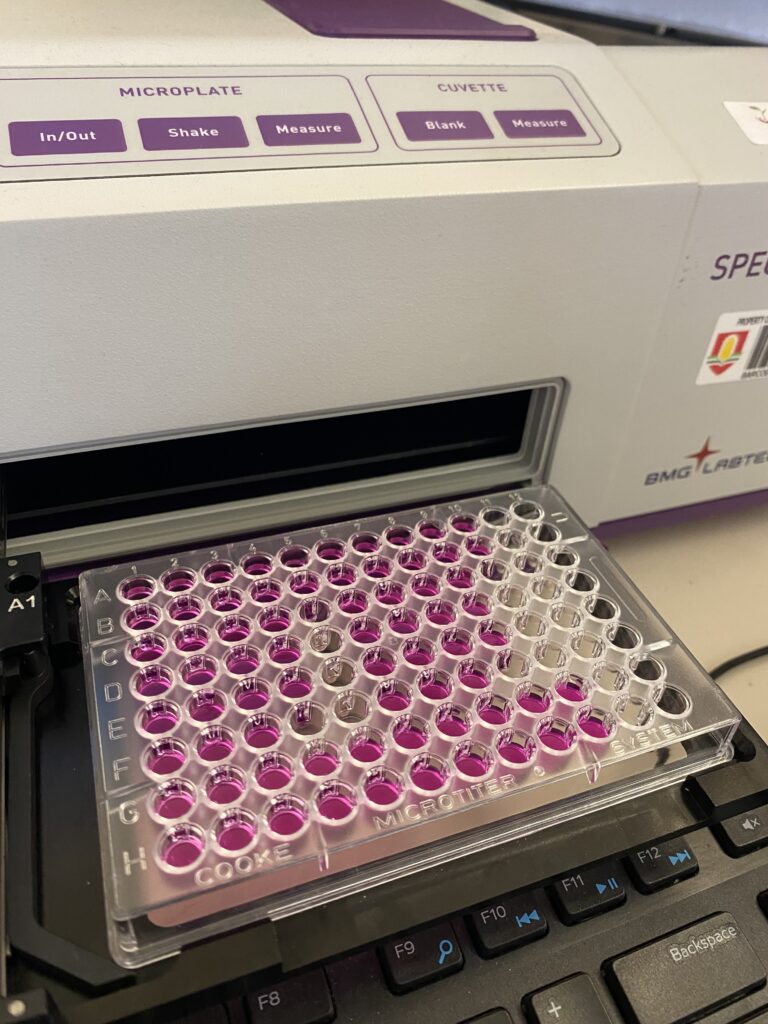
Butler, with the guidance of SoilsWest Director Fran Hoyle, has been undertaking the analysis at Murdoch University‘s Perth campus as part of her postgraduate studies.
“It’s still early stages of learning the actual method,” she said. “From the sample collection and processing, through to understanding how to use the spectrophotometer to measure absorbance and its calibration to the amount of labile carbon within the sample.”
Butler said carbon analysis was an additional objective of the Soil Water and Nutrition (SWAN) project, a DPIRD five-year strategic collaboration with the Grains Research and Development Corporation (GRDC).
The trial site at Condingup, around 100 kilometres east of Esperance, was set up to primarily understand how often growers should be deep ripping their paddocks.
The trial started in 2024 and will continue until 2029, with replicated ripping treatments to take place every year, every second year, every third year, and at tactical times – that is, when penetrometer readings indicate soil compaction would be limiting root growth (>2.5 MPa).
This year, a clay rip spade treatment was also implemented. For this treatment, clay excavated on site was spread at an approximate rate of 375 tonnes per hectare, deep ripped to 60 centimetres and then rotary spaded to 30 centimetres.
Butler said Esperance’s sandy duplex soils faced the common constraints of topsoil water repellence, compaction and acidity, and in the high-rainfall region were subject to waterlogging.
“Deep ripping can be beneficial in creating a more porous soil where water and air can move and roots can grow,” she said.
“Another element of this is that we’re in a high-rainfall site where ripping alleviates some of the waterlogging stress by allowing that water to move off the paddocks. We’re seeing it being used as a water management tool as well, so that’s probably adding to the frequency with which people want to rip in preparation for potentially a high-rainfall year.
“The labile carbon analysis is building on our understanding of the impacts of frequent ripping on soil structure and organic carbon and will help growers understand the wider implications of more frequent ripping.”
This research is being undertaken with investment from DPIRD and GRDC in the Soil Water and Nutrition (SWAN) Strategic Collaboration, DAW2407-001SPX. The work is also being completed as part of a Research Masters with Training at Murdoch University and supported by SoilsWest.
MORE STORIES
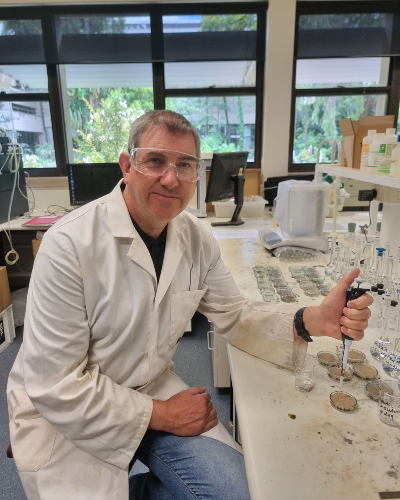
Chemist not repelled by ag challenge
Through the investment of the GRDC, Murdoch University’s Professor David Henry is extending the soil water repellence work once led by DPIRD.
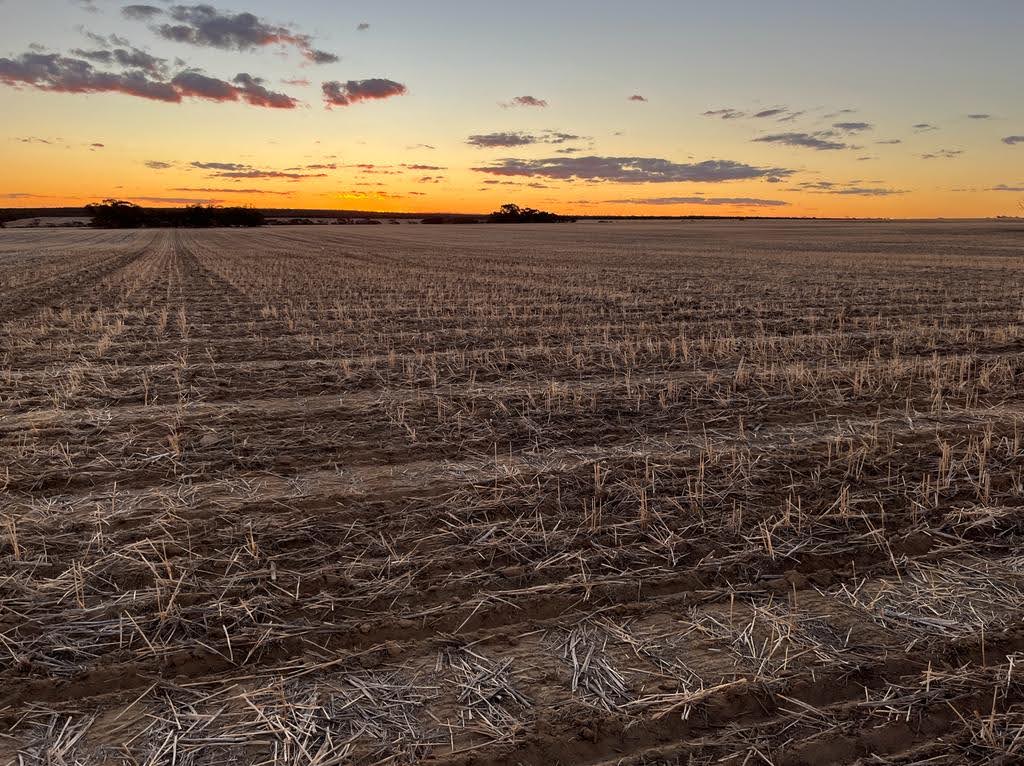
World Soil Day event tickets available
SoilsWest is hosting the December 4 event with the Grower Group Alliance’s South-West WA Drought Resilience Adoption and Innovation Hub.
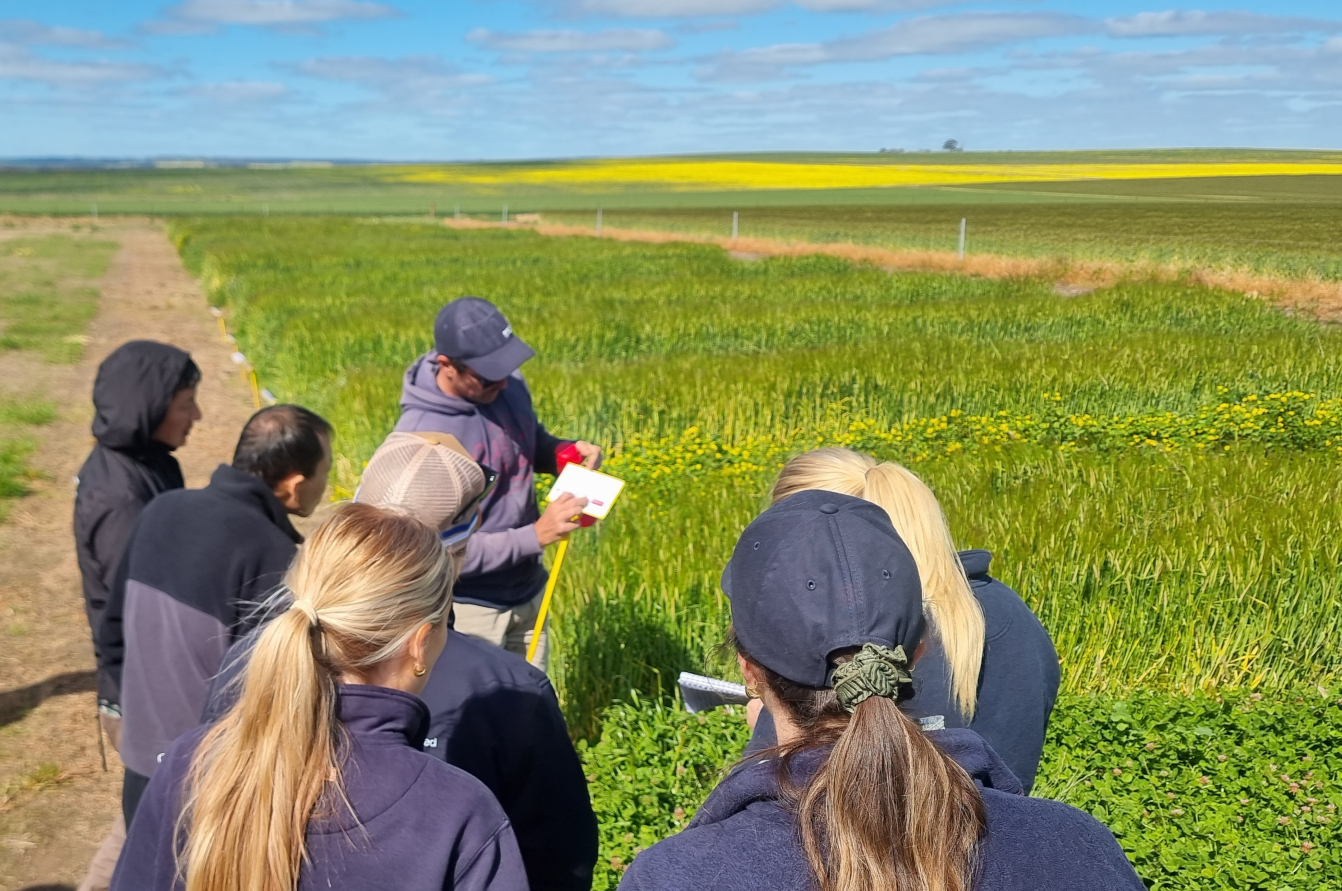
Legumes the nitrogen fix for farmers
Dr Luca De Prato is exploring how the introduction of legumes in farming system rotations can benefit farmers by reducing synthetic fertiliser use and prioritising soil health.
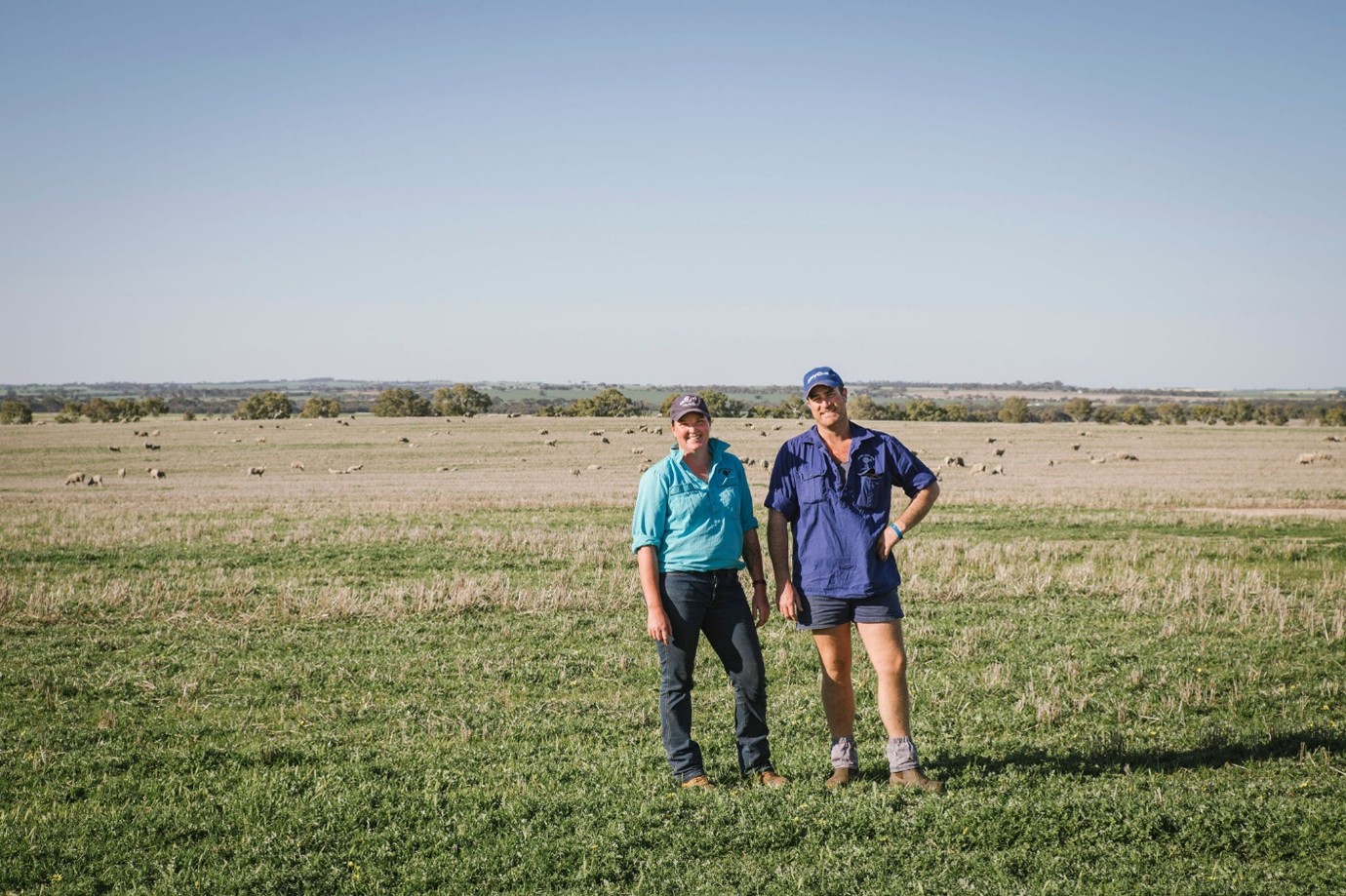
Major survey closing date looms
Landholders are encouraged to complete the Soil CRC Rural Landholder Survey ahead of its closing date on November 30.